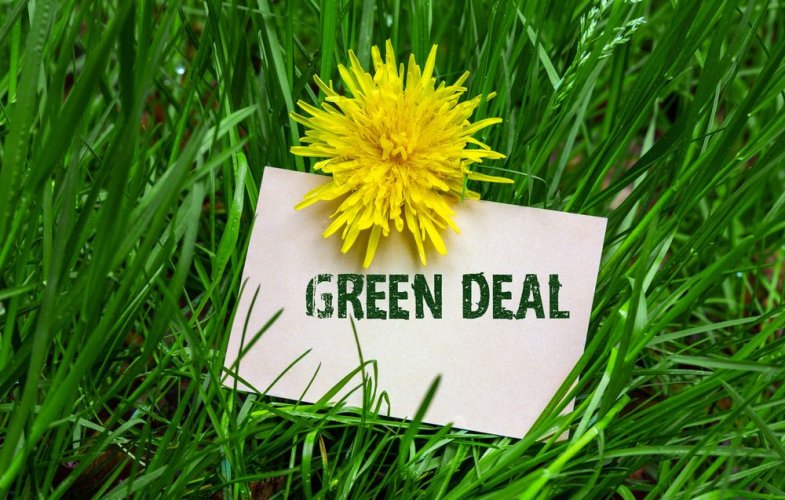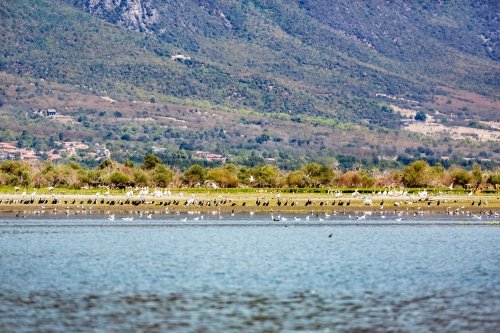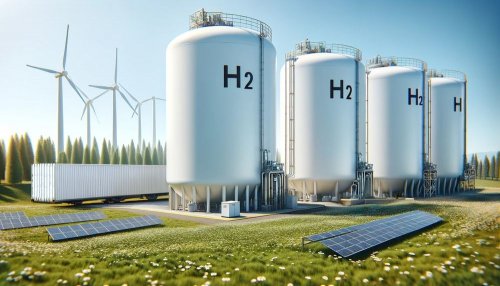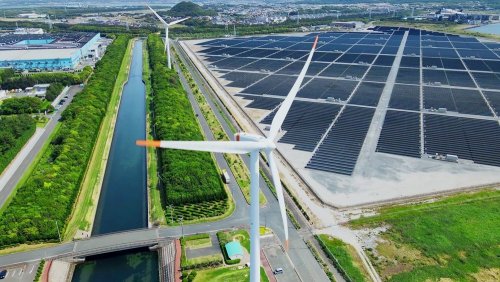On June 17, the majority of EU member states gave the final green light to the Nature Restoration Law, one of the most controversial documents of the European Green Deal. The positive decision was made with a minimum threshold of 66% with a minimum of 65%.
This is reported by Euractiv.
This decision was made possible after Austria changed its position, which was announced on Sunday by Vienna's Minister of the Environment Leonora Gevessler.
Slovakia, which had previously publicly expressed doubts, also supported the text during the decisive vote, allowing the law to be passed by a small majority of 20 countries representing 66% of the EU population. The threshold for approval by a qualified majority in the Council is 65%.
Countries such as Italy, Sweden and Finland have long opposed the text. Hungary withdrew its support in March, ahead of the final vote. Poland later said it would no longer support the proposal.
The ground-breaking regulation sets legally binding targets to restore 20% of the EU's degraded terrestrial and marine ecosystems by 2030 and all ecosystems by 2050. To meet these targets, EU countries must restore at least 30% of the habitats covered by the legislation from poor to good status by 2030 – such as forests, grasslands, wetlands, rivers and lakes – and 90% by 2050. Member States must also ensure that these areas do not deteriorate after restoration.
However, in the final text, many requirements for the agricultural sector were softened, in particular by introducing an "emergency brake", which allows the implementation of targets affecting agriculture to be suspended "in exceptional circumstances" that threaten food security.
Earlier, EcoPolitic wrote, that the European Parliament adopted the law "On restoration of nature" in February.





